 By Jaimie Francis, Director, Programs and Operations, U.S. Chamber of Commerce Foundation Center for Education and Workforce
By Jaimie Francis, Director, Programs and Operations, U.S. Chamber of Commerce Foundation Center for Education and Workforce
The U.S. Chamber of Commerce Foundation started the Talent Pipeline Management (TPM) initiative with the support of Strada Education NetworkSM, then known as USA Funds®, in 2014. Since that time, we have seen continued buy-in by the business community of applying supply chain management principles to workplace talent acquisition.
Business leaders gravitate to this six-strategy approach because it makes business sense. Their willingness to engage has fueled our goal to inform the employer community about this new model and demonstrate how employers can operationalize TPM within their companies, industries and regions.
Demand-driven process
Employers recognize that TPM exemplifies what it means to be “demand-driven” because employers lead the charge. Historically, business was just another player at the table in education partnerships.
TPM, however, puts employer partners in a room with one another to have conversations driven by their needs, in what we call employer collaboratives (Strategy 1).
These collaboratives focus on identifying what factors or unfilled positions are inhibiting them from growing their businesses (Strategy 2) and what kinds of skills are needed to fill those positions (Strategy 3).
The collaboratives also examine where employers are getting their talent and whether those training and education partners have the ability to fill the needed demand (Strategy 4).
From there, the TPM approach notes how to use the talent pipeline data collected to encourage their training partners to become more responsive to employer needs (Strategy 5). The process ultimately provides a smoother and more successful transition to employment for learners.

The strategies were not created in a vacuum. The original TPM network of business-led organizations tested our theories and provided the invaluable feedback that led to the creation of the TPM Academy. The Academy is a train-the-trainer model that unpacks the TPM strategies into a curriculum that participants can apply to projects in their own communities.
Since October, USCCF has welcomed 44 participants from across the country, representing chambers of commerce, economic development agencies, and trade associations. These business-facing leaders are interested in solving skills gap challenges in industries like health care, manufacturing, energy, transportation, food production — you name it.
Curriculum and online tool
In concert with the curriculum and in response to our original network’s feedback that a central platform was needed to execute these strategies, we have created an online tool that will allow the host organization to easily communicate with its employer partners.
The curriculum and the web tool will be available to the public this summer because USCCF and Strada Education are strong believers in sharing resources and getting feedback on how to improve. We hope providing this information will build our arsenal of business-led examples demonstrating how to improve pipelines and benefit learners, training and education provider partners and employers.
TPM has demonstrated the ability for employers to take a heightened leadership role in managing their relationships with each other and with training and education providers. But we don’t claim to have found the silver bullet or that, once executed, TPM will be the answer to all of our prayers. It is a process meant to be re-evaluated and modified based on the assumption that employer needs will change, and with those changes will come the opportunity to create more crystal clear pathways for learner success (Strategy 6).
And we won’t stop here.
Plans for the future
Next up is an opportunity to build statewide TPM academies. This step will expand our reach while taking into account state policies that impact employer-led initiatives to close the skills gap. We will have the opportunity to test this approach with a number of states that have bought into the process and are ready to share the knowledge with their employer partners.
TPM has spurred our thinking about how employers can share with the public information about providers of education and training that successfully prepare learners. We also are interested in establishing a central platform for employers to communicate their changing competency and credential requirements via a job profile registry.
The future is bright for the evolution of talent pipelines. Stay tuned.

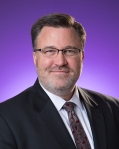 By Derek Redelman, Vice President, Research & Policy, USA Funds
By Derek Redelman, Vice President, Research & Policy, USA Funds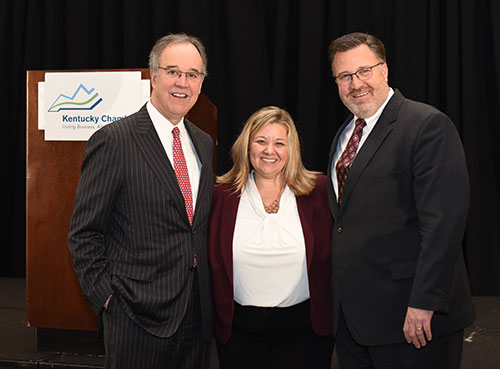



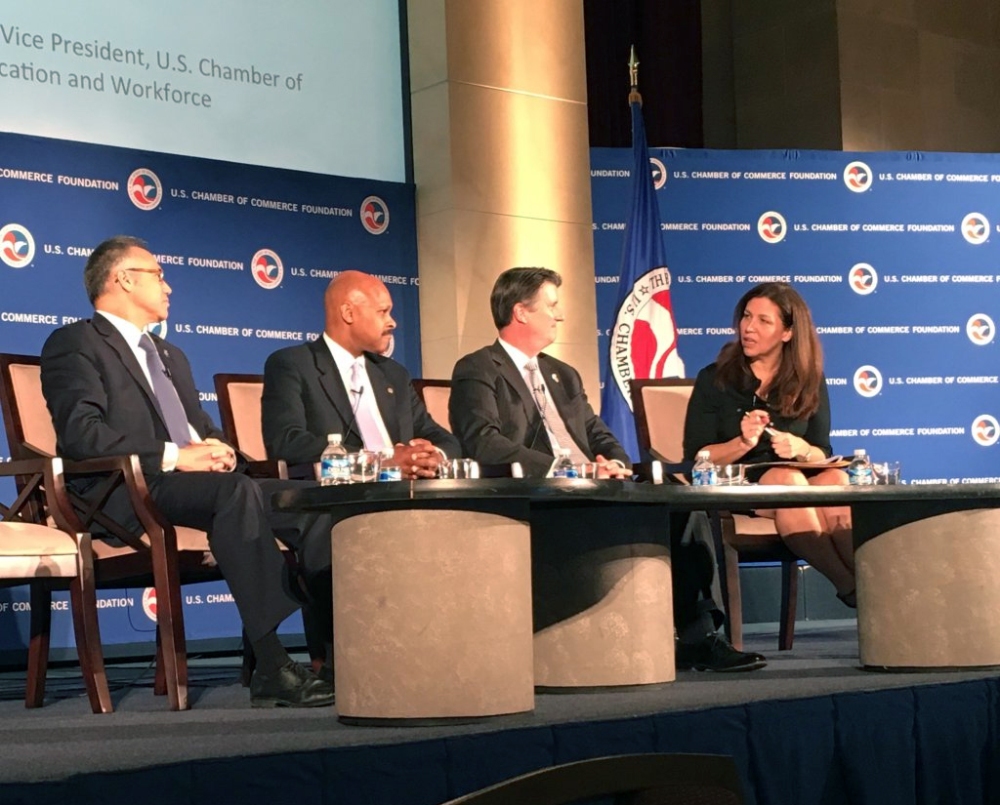
 By Emily Kinard, Research Associate, USA Funds
By Emily Kinard, Research Associate, USA Funds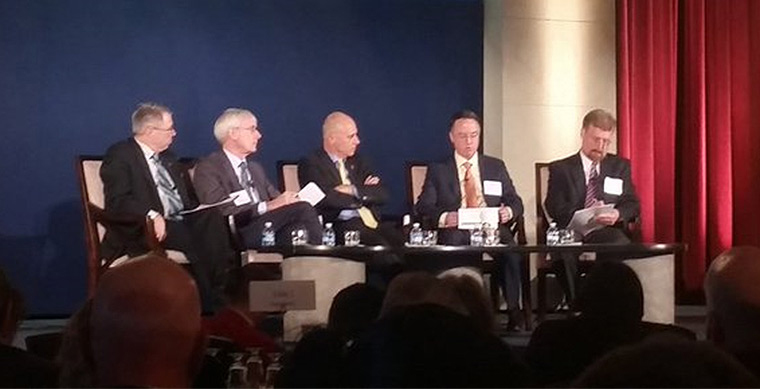
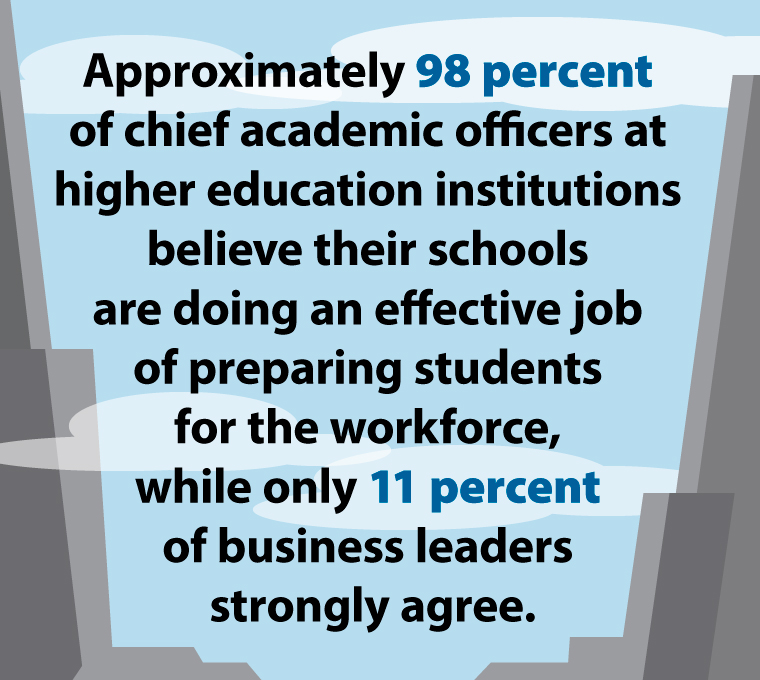
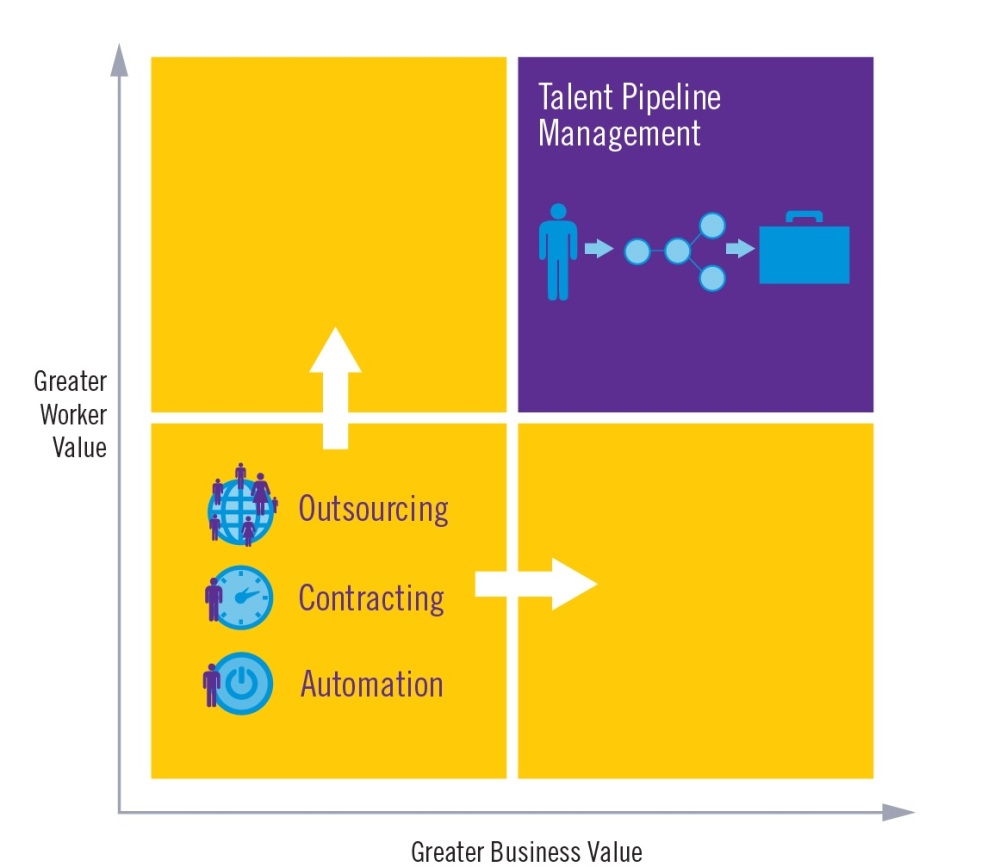 Just as well-managed supply chains deliver a high-quality product, well-managed talent pipelines deliver a high-quality workforce. Integration of talent strategy with business strategy allows employers to proactively address the skills gap.
Just as well-managed supply chains deliver a high-quality product, well-managed talent pipelines deliver a high-quality workforce. Integration of talent strategy with business strategy allows employers to proactively address the skills gap. By Emily Kinard, Government Relations Coordinator, USA Funds
By Emily Kinard, Government Relations Coordinator, USA Funds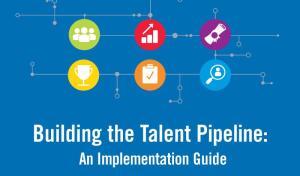 Last week, USCCF and USA Funds released an
Last week, USCCF and USA Funds released an  By Pat Roe, Senior Program Director, USA Funds
By Pat Roe, Senior Program Director, USA Funds As part of our efforts to promote Completion With a Purpose℠, supporting student success in college and careers, USA Funds® places a special focus on veterans of military service and their families. We believe military families deserve this special focus, given the service they have unselfishly performed to protect our freedoms.
As part of our efforts to promote Completion With a Purpose℠, supporting student success in college and careers, USA Funds® places a special focus on veterans of military service and their families. We believe military families deserve this special focus, given the service they have unselfishly performed to protect our freedoms. By Alison Griffin, Senior Vice President, External and Government Relations, USA Funds
By Alison Griffin, Senior Vice President, External and Government Relations, USA Funds A leading convener in this emerging employer-tech space is
A leading convener in this emerging employer-tech space is  For the last three years, Innovate+Educate has been the lead sponsor of the
For the last three years, Innovate+Educate has been the lead sponsor of the 
